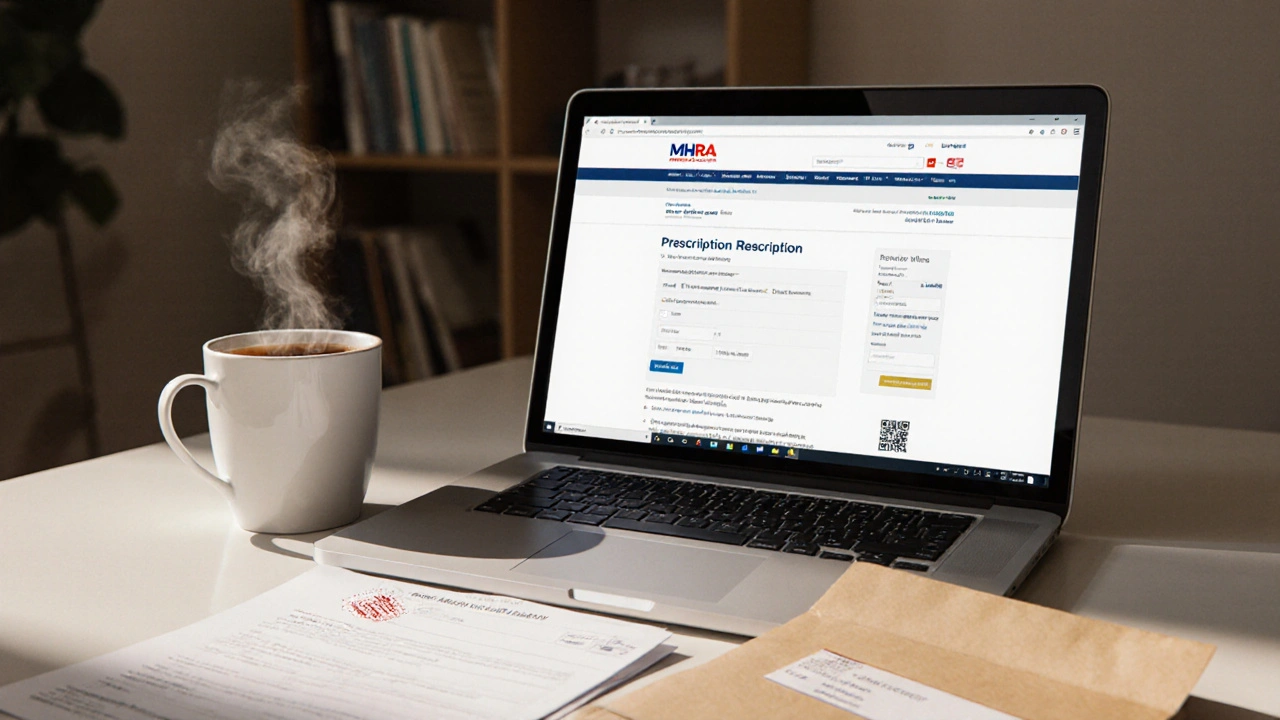Lisinopril Dosage Guide – What You Need to Know
If you’ve been prescribed lisinopril, you’re probably wondering how many milligrams to take and when. Lisinopril is an ACE‑inhibitor that helps lower blood pressure, ease heart failure, and protect the kidneys. Getting the dose right matters – too low and it won’t work, too high and side‑effects rise. Below you’ll find the most common dosing schedules, easy ways to remember them, and safety tips you can act on today.
Standard dose ranges for the most common uses
High blood pressure (hypertension): Most doctors start adults at 10 mg once a day. If your pressure stays high after a week or two, they may bump it up to 20 mg. The usual maintenance range is 10 – 40 mg daily, but many patients stay well‑controlled on 20 mg.
Heart failure: Initial dose is usually lower – 2.5 mg to 5 mg once daily – because the heart needs a gentle start. The dose can be increased gradually every 2‑4 weeks, aiming for 10 mg, 20 mg, or even 40 mg if you tolerate it and your doctor says it’s needed.
Kidney protection after a heart attack or with diabetes: Doctors often begin with 5 mg daily, then titrate up to 10 mg or 20 mg based on lab results and how you feel.
How to take lisinopril safely
Take lisinopril at the same time each day – morning works for most people because it fits a routine. You can swallow the tablet with water; food doesn’t affect absorption, so you have flexibility.
Watch for a drop in blood pressure the first few days, especially if you’re also on diuretics. Light‑headedness or fainting means you might need a lower dose. If you miss a dose, take it as soon as you remember, but skip it if it’s almost time for the next one – don’t double up.
Stay hydrated but avoid excessive salt. Cutting back on salt helps lisinopril work better and reduces the chance of swelling (edema). If you develop a persistent cough, swelling of the face or lips, or a rash, call your doctor right away – those could be signs of an allergic reaction.
Pregnant or planning to become pregnant? Lisinopril isn’t safe during pregnancy because it can harm the developing baby. Talk to your doctor about alternatives if you’re in that situation.
Remember, the “right” dose isn’t a one‑size‑fits‑all number. Your age, kidney function, other meds, and how your body reacts all shape the final prescription. The best way to know you’re on the right dose is regular check‑ups: blood pressure readings, blood tests for kidney function, and a quick chat about any side‑effects.
Bottom line: most adults start at 10 mg for blood pressure, 2.5‑5 mg for heart failure, and adjust upward as needed. Keep a dosing schedule, monitor how you feel, and keep the conversation open with your healthcare provider. With the right dose, lisinopril can keep your heart and kidneys happy without a lot of hassle.
Buy Cheap Generic Lisinopril Online - A Practical Guide

Learn how to safely buy cheap generic lisinopril online in the UK. Get price comparisons, dosage tips, pharmacy checks, and a step‑by‑step guide for hassle‑free ordering.
read more



